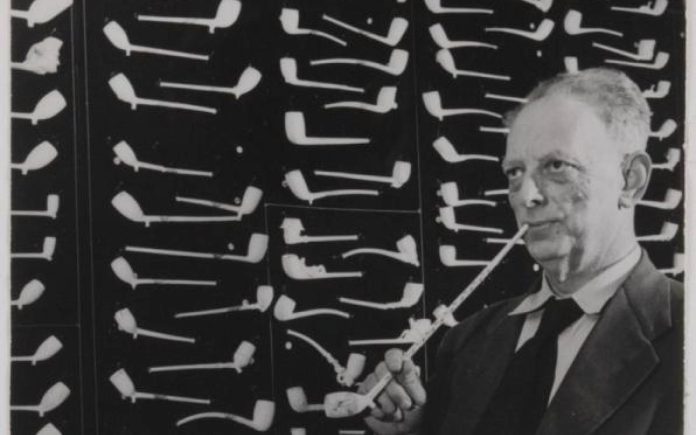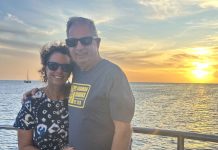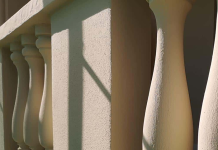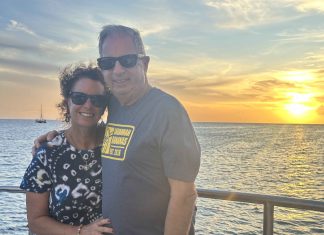Booking a magical glimpse inside Etnia Nativa is easy!
Article by Etnia Nativa call us 592 2702 and book your experience!
The narrative presented by Etnia Nativa—which translates to “Native Ethnicity”—emphasizes the importance of reclaiming the island’s cultural identity and heritage, often overshadowed by colonial history. The organization actively promotes the value of rediscovering native traditions, history, and identity, while encouraging a shift away from colonial legacies and toward cultural self-empowerment.
In this episode, we explore the origins of small white cylindrical fragments discovered during archaeological expeditions across various parts of our island. If you’re involved in fieldwork or archaeology, you’re likely to encounter many pale or white objects—some made from fish bones, shells, porcelain, or white clay.
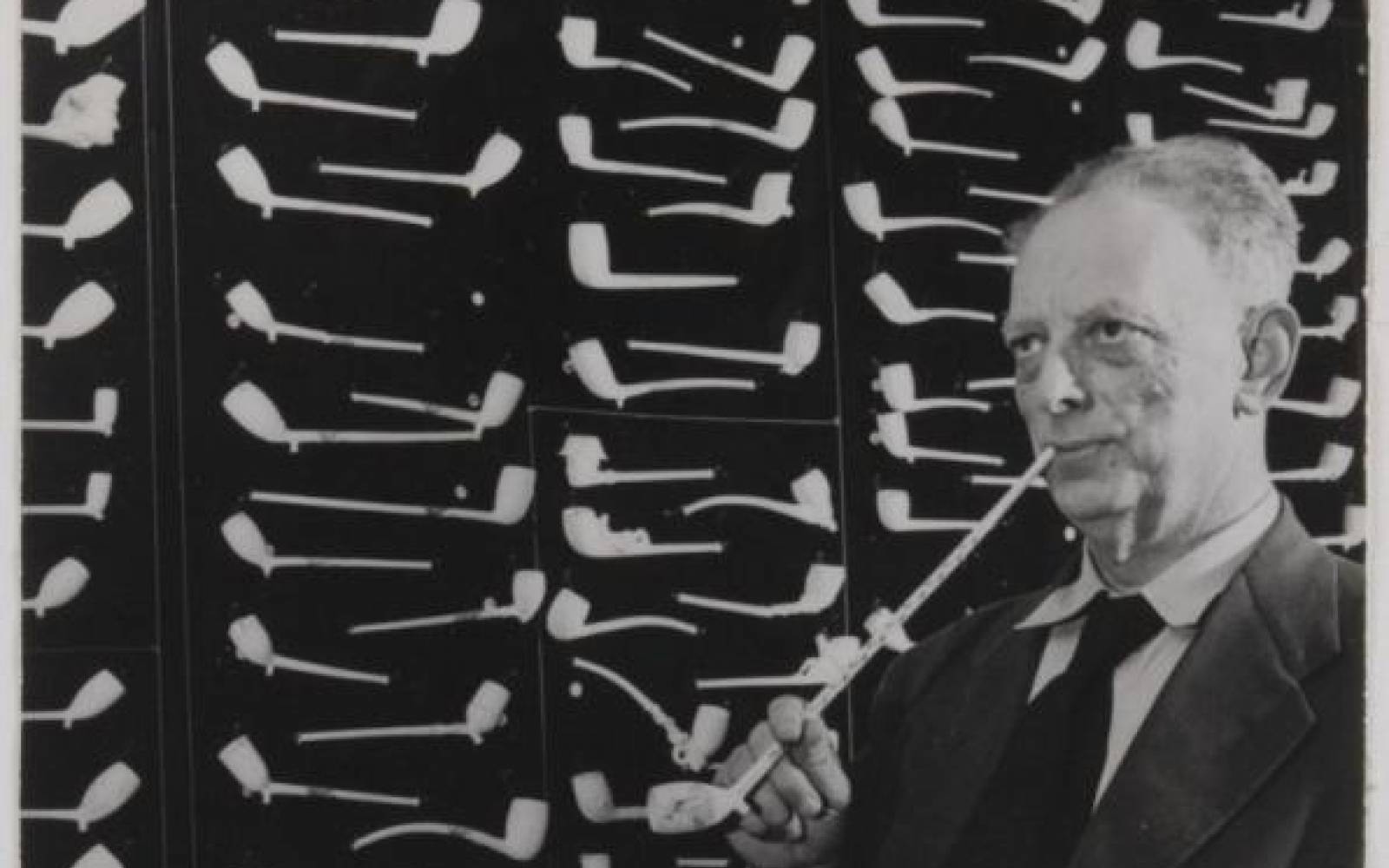
Among these are materials used in the making of quiripa, shell buttons with one or more holes, traditionally used for body ornamentation. These have been found at major Ceramic Period sites such as Savaneta, Sta. Cruz, and Tanki Flip. Such fragments help archaeologists date and contextualize excavation sites.
Other small artifacts, including white perforated cylindrical tubes, also appear frequently. These are remnants from a different period in the island’s history and once formed part of the so-called Gouda pipes—white ceramic tobacco pipes widely used during the Dutch colonial era. Imported from the Netherlands beginning in the 17th century, they were manufactured in the city of Gouda, a major production hub.
Though elegant, these pipes were fragile and prone to clogging with tobacco, leading users to discard them in commonly frequented areas. Today, their fragments serve as valuable historical clues. The concept of these pipes originally came from England and was brought to the Netherlands by English refugees, mercenaries, and craftsmen in the early 1600s. The first recorded reference to Dutch pipe making dates to 1611, involving a legal dispute between English pipe makers in Amsterdam.
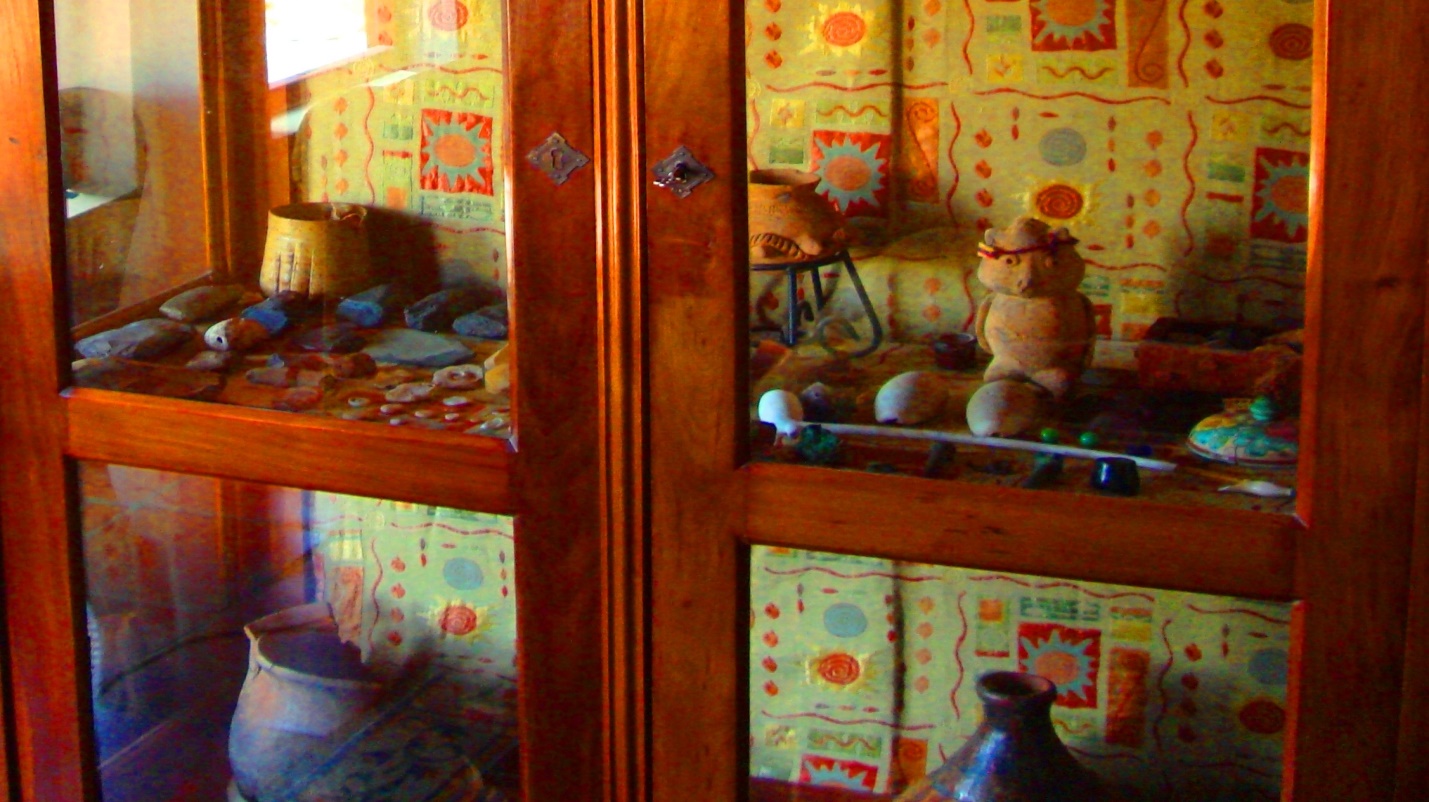
Gouda pipes were made from fine white clay known as pijpaarde, or “pipe earth,” sourced from riverbeds such as the Thames in England and the Rhine and Maas in the Netherlands. Many of these pipes bear maker’s marks, which provide archaeologists with insights into their date and place of manufacture. These marks—typically embossed or engraved—were usually found on the base of the heel and fall into three categories: figural marks, letter marks, and number marks.
By the late seventeenth century, a second branding method emerged in Gouda: embossed or relief marks on the side of the pipe bowl. These “side-mark” pipes, often made with shorter stems, were typically intended for peasant use. While the letter and number combinations are less visually compelling, the figural designs—depicting people, animals, and objects—are often quite striking.
The study of these artifacts has opened important avenues of archaeological research on both sides of the Atlantic. Researchers analyze the style and shape of the pipe bowl, the diameter of the stem, and the location and design of the maker’s mark.
Fragments of these pipes can still be found in areas like Alto Vista, Wela, and Balashi. Intriguingly, some of these broken pieces were later repurposed by indigenous communities into chokers and other decorative items, giving them a second life in local material culture.
If you enjoyed reading our ancestral stories and are interested in learning more about the true identity of the Aruban people, we invite you to visit Etnia Nativa—the only living museum of its kind in the Caribbean. A fascinating destination and cultural trendsetter since 1994, Etnia Nativa has contributed to the founding of Arikok National Park, the Archaeological Museum of Aruba, and various artisan foundations, among other voluntary initiatives.
Etnia Nativa offers a unique experience that connects visitors with the spirit and soul of the island’s ancient heritage. Whats App +297 592 2702 etnianativa03@gmail.com


